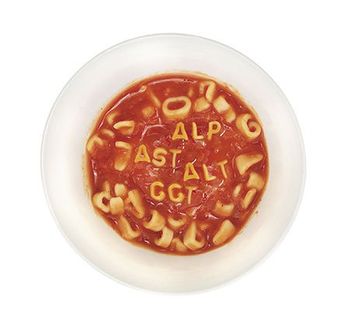Susan E. Johnson, DVM, MS, DACVIM
Articles by Susan E. Johnson, DVM, MS, DACVIM

A gallbladder mucocele is an enlarged gallbladder that contains an excessive amount of mucus. Histologically, the gallbladder mucosa is characterized by cystic mucosal hyperplasia, with or without inflammation or necrosis. Dogs with gallbladder mucoceles can be asymptomatic early in the course of disease.

Portosystemic shunts (PSS) are vascular communications between the portal and systemic venous systems that allow portal blood to access the systemic circulation without first passing through the liver. Signs of hepatic encephalopathy (HE) dominate the clinical picture because of inadequate hepatic clearance of enterically-derived toxins.

Idiopathic inflammatory bowel disease (IBD) is defined as gastrointestinal signs (vomiting, anorexia, diarrhea) greater than 3 weeks duration, with incomplete response to dietary trials and anthelmintics, biopsy findings of mucosal inflammation, and clinical response to immunomodulatory therapies.

Copper is an essential trace element in diets and is required for a number of physiologically important enzymes. Cells have highly specialized and complex systems for maintaining intracellular copper concentrations. At toxic concentrations, free intracellular copper initiates oxidative damage causing hepatocellular necrosis and inflammation.

Drug-induced injury is an important cause of hepatic disease in dogs and cats. The incidence of drug-induced hepatic disease is unknown but is probably underestimated. Many drugs have been suspected of causing hepatic injury in dogs and cats. Most adverse hepatic drug reactions are associated with acute hepatic injury.

An increase in serum alkaline phosphatase (ALP) activity is a common laboratory finding in dogs. It is typically used as a diagnostic marker for cholestatic liver disease. However, increased ALP activity has a high sensitivity (86%) but poor specificity (49%) for canine liver disease.

Hepatoprotective agents are receiving attention for their role in the ancillary treatment of liver disease in dogs and cats. These products include both prescription drugs and dietary supplements (vitamins, minerals, herbs, nutraceuticals). A drug is defined as "any substance, food, or nonfood that is used to treat, cure, mitigate, or prevent a disease and any nonfood substance that is intended to affect the structure or function of man or animals".


